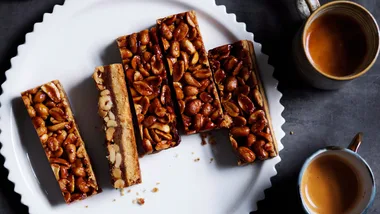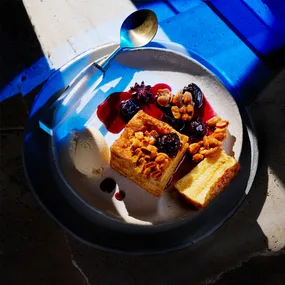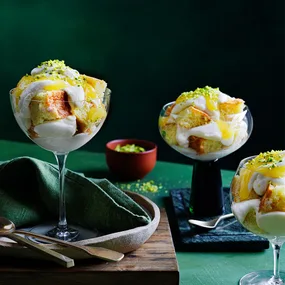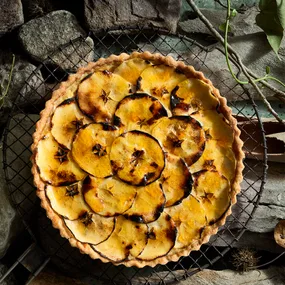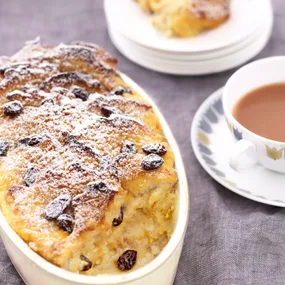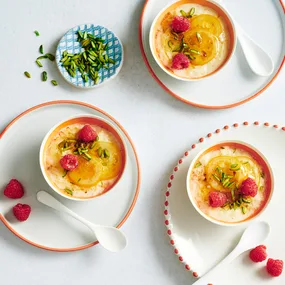It’s been an amazing journey for this furry fruit, transplanted from the mountains of south-west China to be commercially cultivated in New Zealand (such is its connection with that country, that, according to [Hamlyn], New Zealanders eat kiwifruits “at every meal, fresh as a dessert, or in a salad”).
Originally known as the Chinese gooseberry, it was probably rechristened kiwifruit for marketing purposes. The father of the commercial version was Auckland nurseryman and horticulturalist Hayward Wright, who selected the current green breed in about 1930. Known as the Hayward variety, it’s hardy, with a long shelf life, making it an ideal export fruit.
The kiwifruit has gone on to travel the globe, and is now also grown in California, Chile, Japan, France, Spain, South Africa, Australia and Italy. The largest producer is actually Italy, followed by New Zealand, while Australia is a relatively new producer. Harvested mid-winter, the kiwi is full of vitamin C, containing more than 100 per cent of the recommended daily intake. For most, the kiwifruit is an omnipresent part of pavlova; its popularity rose to great heights in the late 70s and the 80s on account of nouvelle cuisine, then became unfashionable in restaurants by the 90s. The fruit has seen a revival in recent years, thanks largely to the introduction of the Zespri gold variety.
There are more than 50 known types of kiwifruits growing in the wild, with the fruit ranging in size, colour and sweetness. New Zealand’s HortResearch is developing new varieties for commercial production, after the success of the Zespri gold and baby kiwifruits (also known as the arguta).
The green Hayward variety commands market share. Oval-shaped with a furry brown skin, the fruit’s emerald-green flesh is firm and slightly tart in taste. It is particularly popular in parts of Asia where green is considered a spiritual colour. Green kiwifruits are harvested from June to December.
The new kid on the block is the Zespri gold with its smooth light-brown skin and pointy crown. The bright golden flesh is sweet with some tropical nuances. The Zespri gold season is slightly shorter than that of the green, starting in about June and running until September.
The arguta, or baby kiwifruit, is only in the early stages of introduction to the market. Its light green, grape-like fruit is often referred to as a berry, because of its small size. It has a smooth, edible skin and limited availability – from February to March.
A kiwifruit’s robust skin keeps its flesh well protected. Choose firm fruit with no soft or mushy patches (they indicate bruising and over-ripeness). The green Haywards are best when left to ripen and soften slightly at room temperature before consuming, while the gold variety are a little more fragile than the green and are best eaten while firm. The fruit can be successfully stored in the refrigerator to prolong its shelf life.
Cooking kiwifruits destroys the delicate flavour and increases their tartness, so fresh is the way to go. Pavlova isn’t a bad idea; the tartness of the fruit is a perfect foil to the meringue and accompaniment of sweetened cream. Kiwifruits also respond well to freezing and are great in a simple granita or sorbet. A marinade is another way kiwifruits can be used in cooking as they contain the enzyme actinidin, a chemical meat tenderiser. The same enzyme also breaks down the gel in gelatine, so if you want to make kiwifruit jelly, the fruit (as with pineapple) must first be poached.
*For a kiwifruit granita, peel and purée green or gold kiwifruit flesh in a food processor until smooth, add sugar syrup and a squeeze of lemon juice to taste and pour into a shallow freezer-proof container. Freeze for 1 hour or until it is just starting to freeze around the edges, then stir with a fork and continue the process every half hour until mixture is frozen. Scrape mixture into large crystals with a fork, spoon into glasses and serve immediately.
*For brown sugar and kiwifruit meringues, whisk 2 eggwhites using an electric mixer until soft peaks form, then add 120gm caster sugar a little at a time, allowing each addition to be incorporated before adding the next. Spoon mixture onto a baking paper-lined tray and bake at 100C for 1½ hours or until set, then turn off and allow meringues to cool in oven. Whisk together cream and brown sugar until soft peaks form, place a spoonful of cream onto each meringue and top with slices of gold kiwifruits and serve immediately.
*For a kiwifruit salad, combine peeled and coarsely chopped green and gold kiwifruits with some chopped pineapple and the juice and zest of a lime, add some finely grated palm sugar and a little white rum and stir to combine. Set aside for 10 minutes before serving to allow flavours to develop.
*For a kiwifruit and passionfruit cocktail, purée peeled and coarsely chopped gold kiwifruits, orange juice, ice, Cointreau and gin in a blender until smooth, pour into glasses, spoon over some passionfruit pulp and serve immediately.
Coconut, Cointreau, cream, gin, ginger, honey, lemongrass, lemons, limes, meringue, mint, oranges, passionfruits, pawpaw, rum, strawberries, yoghurt.
Move over, pavlova. Make room passionfruit. There’s more to the humble, furry-skinned kiwi than just fruit salad.
Ingredients
Method
Main
Cumquats, grapefruits (pink and yellow), Lady William apples, lemons, mandarins (Ellendale and murcott), oranges (blood and Seville), papayas, pawpaws, pineapples (smooth-leaf), tangelos.
Globe artichokes, Asian greens (bok choy, choy sum, gai lan, wombok), asparagus (green and purple), avocados (fuerte, hass, sharwill), beans (broad and green), broccoli, cabbage, cauliflower, garlic, ginger, green peas, leek, onions (salad and spring), pumpkin, rhubarb, silverbeet, spinach.
Australian salmon, black bream, coral trout, John Dory, ling, mackerel, mirror Dory, silver trevally, snapper, spanner crab, yellowfin tuna, whiting (school, trumpeter, sand).
ALSO IN SEASON
Fruit and nuts
Vegetables
Seafood
Notes

